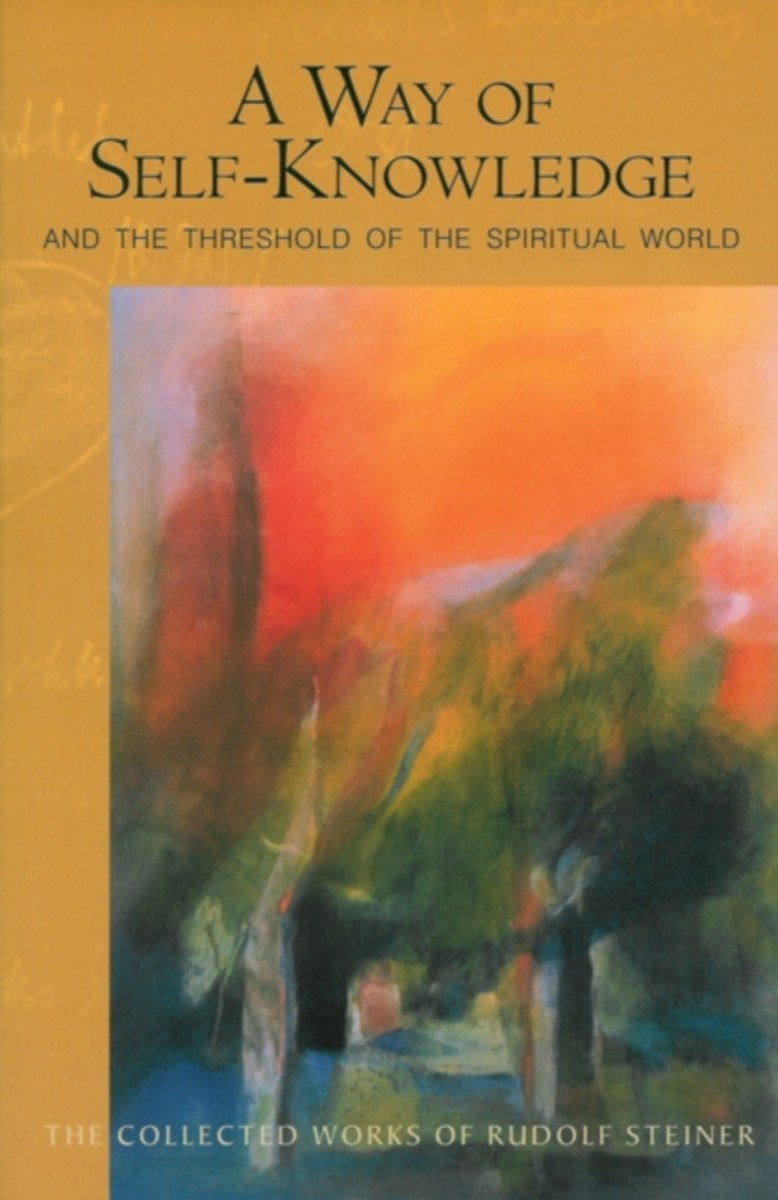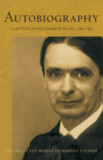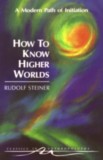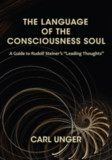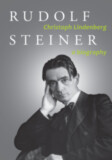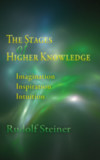A Way of Self-Knowledge
And the Threshold of the Spiritual World (CW 16–17)
- Publisher
SteinerBooks - Published
1st May 1999 - ISBN 9780880104432
- Language English
- Pages 208 pp.
- Size 6" x 9"
2 written works, 1912 & 1913 (CW 16/17)
Part one, “A Way of Self-Knowledge”: Eight meditations that take the reader on a journey through human experience. Beginning with ordinary experience, Steiner offers ways to imagine and understand the physical body, the elemental (or etheric) body, the elemental world, the Guardian of the Threshold, the astral body, the “I”-body (or thought body), the nature of experience in suprasensory worlds, and ways of perceiving previous earthly lives.
Part two, “The Threshold of the Spiritual World”: Sixteen short chapters in which Steiner provides aphoristic thoughts on trusting one’s thinking, cognition of the spiritual world, karma and reincarnation, the astral body and luciferic beings, how to recognize suprasensory consciousness, the true nature of love, and more.
These two complete books together represent Steiner’s most personal statements about his own spiritual path. He speaks directly from experiences of cognitive research and explorations. Each of the meditations and aphorisms arises from his spiritual research and demonstrates how such spiritual research is to be undertaken. The “content” is Steiner’s own, but readers can discover their own “content.” Steiner’s method of awareness—his path of attention to one’s own experience—is universal and truly human.
A Way of Self-Knowledge is a true sequel and complement to the classic of inner development, How to Know Higher Worlds. It lays out in a way that is accessible to anyone the road to self-knowledge and to the world of spirit.
A Way of Self-Knowledge: And the Threshold of the Spiritual Worldis a translation of «Ein Weg zur Selbsterkenntnis des Menschen: In acht Meditationen» (GA 16) and «Die Schwelle dre geistigen Welt: Aphoristische Ausführungen» (GA 17).
Steiner's writing voice feels candid and deeply wise, yet also intimate and conversational. I particularly love the eight meditations of Part One, but the aphorisms of Part Two are also amazing.
Steiner is a master at finding ordinary language to describe extraordinary states of consciousness. He makes meditative states of mind accessible by making you conscious of your own consciousness and what it can do. In fact it's his mission to take esotericism out of the exotic and into modern language and modern life.
Steiner revered the human ability to turn our souls toward spirit, and he insisted that a person who meditates can still stay firmly connected to everyday tasks and joys. His precise, modest descriptions will help newcomers start meditating and will confirm what experienced meditators have noticed and perhaps wondered about.
Reading Steiner is like meeting a completely unassuming yet deeply able and wise expert who makes himself available and tells you just what you need to know. Steiner was and is a foremost Western esotericist.
If you're familiar with his classic How To Know Higher Worlds, you'll recognize the shorter Way of Self-Knowledge as a sister volume. I predict that this little gem of a handbook will become a beloved companion for many who want to develop and enrich their relationship to the spiritual in life.
C O N T E N T S:
Introduction by Christopher Bamford
Preface by Friedemann Schwarzkopf
PART ONE: A WAY OF SELF-KNOWLEDGE: MEDITATIONS
1. The Physical Body
2. The Elemental (or Etheric) Body
3. Clairvoyant Cognition of the Elemental World
4. The “Guardian of the Threshold”
5. The Astral Body
6. The “I”-Body or Thought-Body
7. The Nature of Experience in Suprasensory Worlds
8. Beholding Your Previous Earthly Lives
PART TWO: THE THRESHOLD OF THE SPIRITUAL WORLD: APHORISMS
1. Trust in Thinking. The Nature of the Thinking Soul
2. Cognizing the Spiritual World
3. The Human Etheric Body and the Elemental World
4. Repeated Earthly Lives and Karma
5. The Astral Body and Luciferic Beings.
6. The “Guardian of the Threshold.”
7. “I”-Feeling, the Human Soul’s Capacity to Love, and Their Relationship to the Elemental World
8. The Boundary between the Sensory and the Supersensory Worlds
9. On the Nature of the Spiritual Worlds
10. Cosmic Beings of the Spiritual Worlds
11. On the First Rudiments of the Physical Body
12. The True “I” of the Human Being
Rudolf Steiner
Rudolf Steiner (b. Rudolf Joseph Lorenz Steiner, 1861–1925) was born in the small village of Kraljevec, Austro-Hungarian Empire (now in Croatia), where he grew up. As a young man, he lived in Weimar and Berlin, where he became a well-published scientific, literary, and philosophical scholar, known especially for his work with Goethe’s scientific writings. Steiner termed his spiritual philosophy anthroposophy, meaning “wisdom of the human being.” As an exceptionally developed seer, he based his work on direct knowledge and perception of spiritual dimensions. He initiated a modern, universal “spiritual science” that is accessible to anyone willing to exercise clear and unbiased thinking. From his spiritual investigations, Steiner provided suggestions for the renewal of numerous activities, including education (general and for special needs), agriculture, medicine, economics, architecture, science, philosophy, Christianity, and the arts. There are currently thousands of schools, clinics, farms, and initiatives in other fields that involve practical work based on the principles Steiner developed. His many published works feature his research into the spiritual nature of human beings, the evolution of the world and humanity, and methods for personal development. He wrote some thirty books and delivered more than six thousand lectures throughout much of Europe. In 1924, Steiner founded the General Anthroposophical Society, which today has branches around the world.


